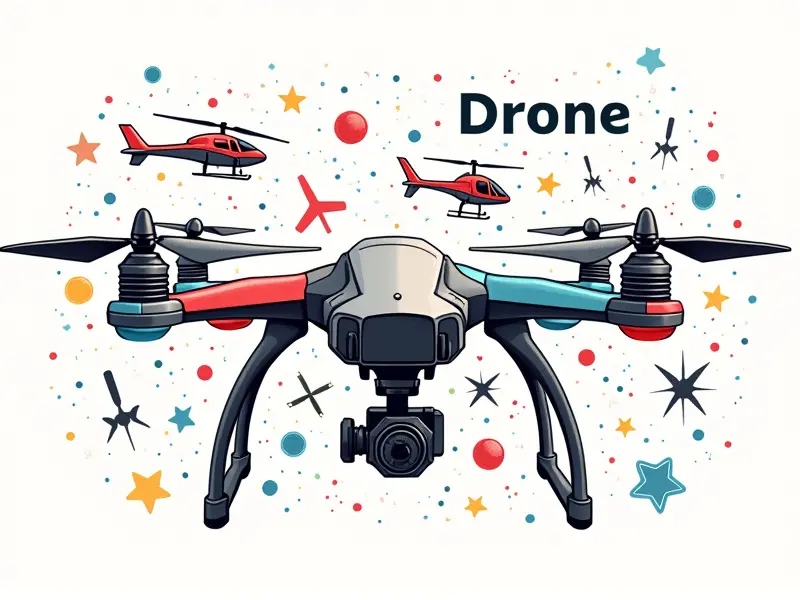Can walkera drone fly at night?

Can Walker Drones Fly Safely at Night?
Flying a drone at night can be an exhilarating experience, but it also comes with unique challenges and considerations. For enthusiasts of Walkera drones, the question often arises: Can these drones fly safely in low-light conditions? The answer is yes, but with certain precautions.
Legalities of Night Flying with Walker Drone
The legal landscape for flying drones at night varies by country and region. In many places, such as the United States, night flights are generally prohibited unless specific exemptions or waivers are obtained from regulatory bodies like the Federal Aviation Administration (FAA). It's crucial to check local regulations before attempting any nighttime operations.
Best Practices for Night Walker Drone Flights
To ensure a safe and enjoyable experience when flying your Walkera drone at night, follow these best practices:
- Pre-flight Checks: Conduct thorough pre-flight checks to ensure all systems are functioning correctly.
- Battery Management: Monitor battery levels closely as cold temperatures and increased power consumption can affect flight times.
- Lighting: Use LED lights or glow sticks attached to the drone for better visibility during night flights.
Challenges of Night Flying with Walker Drone
Night flying presents several challenges that are not present during daytime operations. These include reduced visibility, increased risk of collisions, and potential legal restrictions.
- Visibility: Low light conditions make it difficult to see the drone's position and movements clearly.
- Battery Life: Cold temperatures can reduce battery performance, leading to shorter flight times.
Visibility Issues When Flying Walker Drone at Night
The primary challenge of night flying is reduced visibility. Without adequate lighting or visual aids, it's nearly impossible to track the drone’s movements accurately. This increases the risk of losing control and crashing the drone.
Battery Life Considerations for Night Walker Drone
Cold temperatures can significantly impact battery performance. Lithium-ion batteries used in drones are less efficient at low temperatures, leading to shorter flight durations. Always ensure your drone's battery is fully charged before takeoff and monitor its status closely.
Tips for Flying Walker Drone at Night
- Use LED Lights: Attach bright LED lights or glow sticks to the drone for better visibility.
- Select a Safe Location: Choose an open area with minimal obstacles and no risk of interfering with other nighttime activities.
Exploring Night Flight Capabilities of Walkera Drones
Walkera drones are equipped with advanced features that enhance their performance during night flights. Features like built-in LED lights, improved camera sensors, and enhanced GPS capabilities make them suitable for low-light conditions.
Best Practices for Night Flying with Walkera Drones
- Plan Your Route: Map out a clear flight path before takeoff to avoid obstacles and ensure safe navigation.
- Use Ground Control Software: Utilize ground control software that provides real-time data on the drone's position, altitude, and battery status.
Lighting Up the Sky: Walkera Night Flight
Flying a Walkera drone at night can be an enchanting experience. With proper preparation and adherence to safety guidelines, you can enjoy stunning aerial footage and unique perspectives that are only possible in low-light conditions.
Walkera Drone Visibility Issues at Night
To mitigate visibility issues during nighttime flights, consider using additional lighting solutions such as external LED lights or glow sticks. These will help you maintain better control over the drone's movements and reduce the risk of accidents.
Conclusion
Flying a Walkera drone at night can be an exciting adventure, but it requires careful planning and adherence to safety guidelines. By understanding the legalities, addressing visibility issues, managing battery life, and following best practices, you can enjoy safe and rewarding nighttime flights with your Walkera drone.

